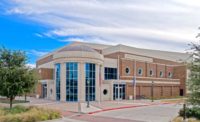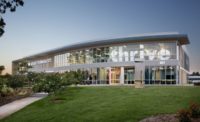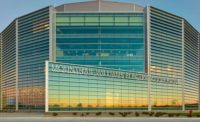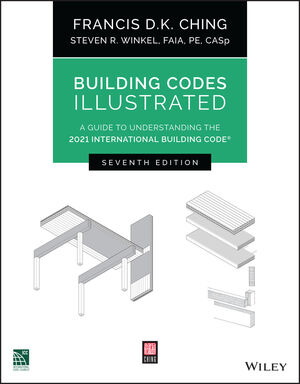LAX’s New International Terminal Achieves LEED Gold

Los Angeles International Airport (LAX), the Pacific gateway to the United States, has achieved LEED Gold certification for its new Tom Bradley International Terminal (TBIT), the crown jewel of the Bradley West renovation. This makes the 1.25-million-square-foot facility the largest LEED Gold airport terminal in the U.S.
Designed by Fentress Architects, TBIT is not only sustainable, it is America’s most technologically-advanced airport to date. The world class terminal has the very best in airport amenities from retail to dining to entertainment. The project repositioned LAX as one of the world’s leading airports, ready to accommodate aircraft and serve customers well into the twenty-first century.
Technology
The new terminal’s interior architecture comprises seven large media features with more than 12,000-square-feet of LED tiles and hundreds of LCD screens.
Sophisticated multimedia productions depicting vignettes from around the world entertain arriving and departing passengers.
Regional Design
Fentress Architects’ design for the new TBIT was inspired by one of nature’s simplest yet most powerful forms—ocean waves as they roll onto the beach just west of the airport. The architects captured the area’s rich history and culture to create a unique sense of place that represents Los Angeles.
Capacity and Future Growth
The Bradley West project includes a 15-gate terminal and concourse, an international arrivals facility, passenger security checkpoints, an inline baggage screening system, and more than 100,000-square-feet of concessions. The 2014 passenger numbers reflected a six percent increase over 2013, and with nearly 71 million passengers, LAX is now the second busiest airport in the U.S., just behind Hartsfield-Jackson in Atlanta.
Sustainability Features
Sustainability was a key focus of the Bradley West program, and all projects incorporate sustainable design features that promote energy efficiency while mitigating adverse environmental impacts. The new terminal is bright and airy, with abundant natural daylight and natural ventilation to minimize energy use. Low-E glass was used along the airside concourse to minimize heat gain, and lighting controls reduce energy use.
Low-flow water fixtures have reduced water usage 47.8 percent over baseline predictions. The building structure and finishes employed regional and recycled materials. Sustainable techniques used during construction included designating specific routes to and from the site for construction vehicles, and recycling construction materials and demolition debris.
Concrete mixers and other equipment were placed onsite in order to reduce the number of trips made, and construction equipment was retrofitted with emission- and noise-reduction devices.This is Fentress Architects’ 30 second LEED project; the list includes five other aviation projects.
Looking for a reprint of this article?
From high-res PDFs to custom plaques, order your copy today!







